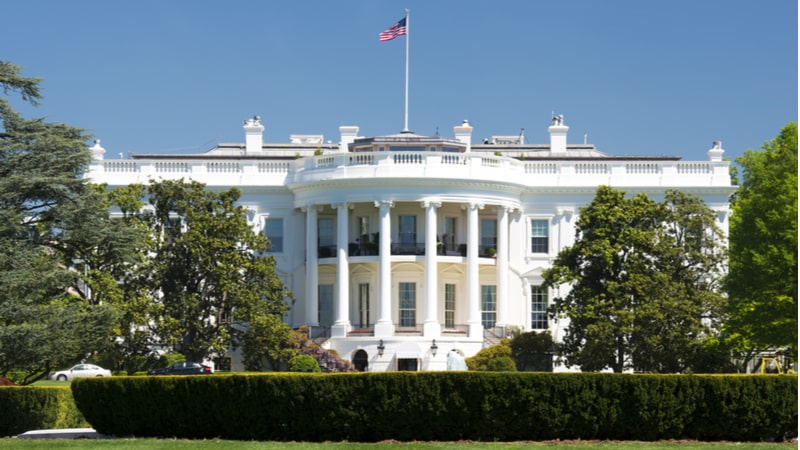
Experts from the Information Technology Industry Council (ITI) shared their thoughts on March 3 on the main highlights of the White House’s new National Cybersecurity Strategy, as well as some of the challenges that lie ahead.
One of the underlining traits of the new strategy is the evolutionary characteristics of the document, according to John Miller, senior vice president of policy trust, data, and technology, and general counsel at ITI.
“It’s evolutionary, rather than revolutionary. And I think that’s a good thing. I mean, it builds on the work of prior administrations and past strategies and executive orders,” said Miller.
Other important aspects that are being interpreted by experts are the continual pushes for government to invest heavily in modernization efforts.
Gordon Bitko, executive vice president of policy at ITI, discussed the importance of continual and necessary modernization efforts that the strategy lays out.
“There is a really clear exposition of the importance of the Federal government investing in its own and modernizing its own defenses and dealing with legacy systems that are insecure inherently,” said Bitko.
Bitko also added that moving forward, one of the challenges of the new strategy will be the ability to effectively translate to industry partners how the new strategy will be implemented.
“How do we build regulation that is actually going to get to [the goal] and what are the things that we should expect out of industry? What are the things we should expect out of government in order to be effective? That’s something that I’d like to see much more of in the implementation plan,” said Bitko.
Miller added that one area where he wanted to see more robust information was “the need to streamline and harmonize regulations in a supply chain risk management area,” said Miller.
Within the coming months, both government and industry will begin to pick at the new strategy to reinforce America’s infrastructure and cybersecurity.
The White House said that implementation of the strategy is “already underway” and being coordinated by the Office of the National Cyber Director (ONCD), which produced the strategy.
